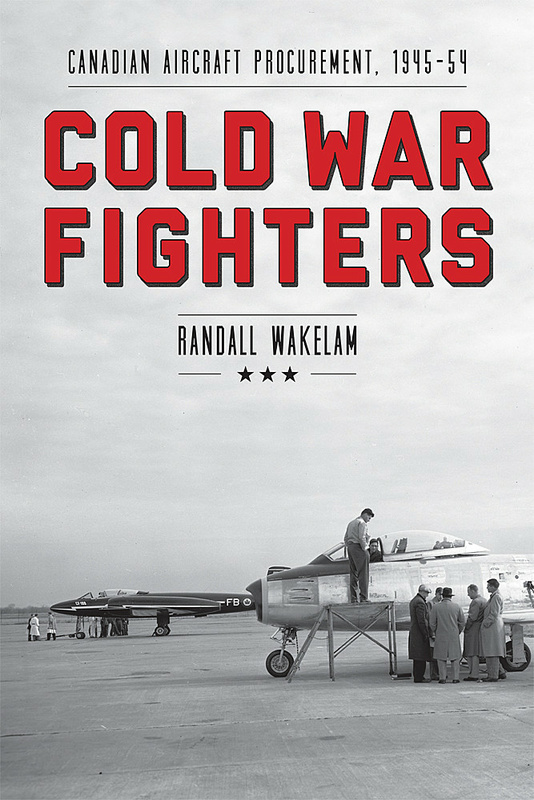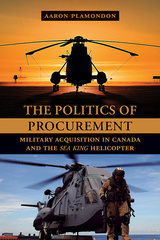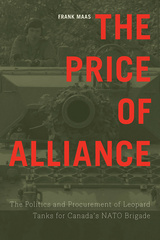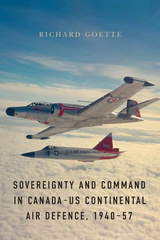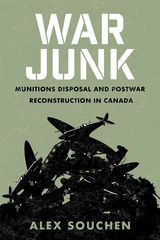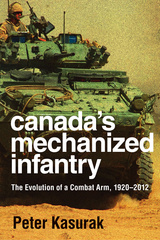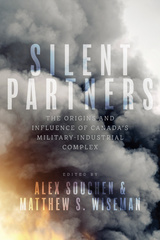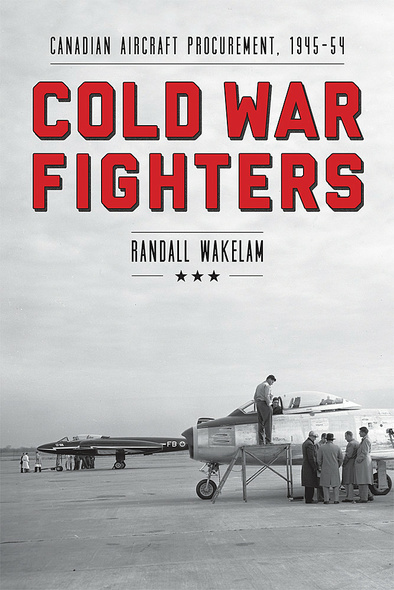
Cold War Fighters
Canadian Aircraft Procurement, 1945-54
The mysterious cancellation in 1959 of the CF-105 Arrow, Canada’s state-of-the-art interceptor aircraft, holds such a strong grip on the imagination of Canadians that earlier developments in defence procurement remain in the shadows.
Randall Wakelam corrects this oversight – and demystifies aspects of the AVRO saga – by weaving together a compelling account of high-level decision making and the daily activities of the military between 1945 and 1954, a decade when Canada’s air force was expanding rapidly to meet the Soviet threat. During these years, the cabinet, chiefs of staff, and air marshals were forced to negotiate competing pressures to arm the air force, please allies, and save money. Their decisions resulted in the CF-100 Canuck and the F-86 Sabre, Canada’s front-line defensive aircraft in the coldest years of the Cold War. Although historians assume that the Arrow came on the heels of these successes, Wakelam reveals that neither the air force nor the government believed that AVRO was up to manufacturing even the CF-100 Canuck on budget.
By shining new light on an unexplored aspect of Canadian history, Wakelam also offers fresh insight into current procurement issues, including the government’s decision to purchase the F-35 fighter.
This book will appeal to aviation enthusiasts, former and current military personnel, and students and scholars of military history and strategic studies.
Very readable and well-researched…Wakelam has made an important contribution to the historiography of the Canadian aircraft industry and the institutional history of the RCAF. By providing the context, analysis, and research strength that was lacking in previous non-scholarly publications on Canadian air force procurement, Cold War Fighters succeeds in bridging the gap between academic and popular history.
Cold War Fighters confronts the reality of a nation that aspired to great technological advancements in the air and how it dealt with its limitations rooted in the lack of experience designing and producing advanced military platforms. Wakelam is able to properly instill feelings in the reader that range from enthusiasm at Canada’s successes and frustration caused by the industrial failures that hindered the potential to become a world renowned producer of jet aircraft.
Wakelam uses his previous experience in the Air Force and within the aircraft procurement environment to contextualize the archival material he has unearthed to render an exceptional examination of aircraft procurement that is as relevant today as during the 1950s.
Impeccably researched and clearly written, Cold War Fighters is the first book to uncover fully RCAF procurement decisions at the start of the Cold War. Providing a nuanced picture of the procurement program, it shows us how the major decisions were taken and by whom, at the cabinet, chiefs of staff, and air force levels. Wakelam also illuminates how these decision-makers dealt with the competing pressures to arm the air force, make allies happy, and save money. His will become the standard work on the topic.
The two fighter aircraft featured in Cold War Fighters still interest scholars and airmen worldwide. The Orenda-powered Canadair Sabre reached iconic status at the time, and the CF-100 attracts attention not only because of its capabilities, but also because of its all-Canadian designed-and-built pedigree. Wakelam has mined entirely new territory in his compelling history, which should be read by all serious aviation and air historians.
Colonel (ret’d) Randall Wakelam teaches military history and leadership at the Royal Military College of Canada and is author of The Science of Bombing: Operational Research in RAF Bomber Command. A pilot in his service career, he also worked in aircraft procurement.
1 An Air-Minded Middle Power
2 Planning for Peace
3 International and Industrial Alliances
4 Caught Flat-Footed
5 Facing the Threat in Earnest
6 And So to War
7 Juggling Numbers
8 Putting Rubber on the Ramp
9 Growing Needs, Growing Concerns
10 Fact and Fancy
Appendix A: Royal Canadian Air Force Headquarters Organization Chart, c. 1947
Appendix B: Department of Defence Production Aircraft Delivery Statistics, 1951-54
Notes
Bibliography
Index

